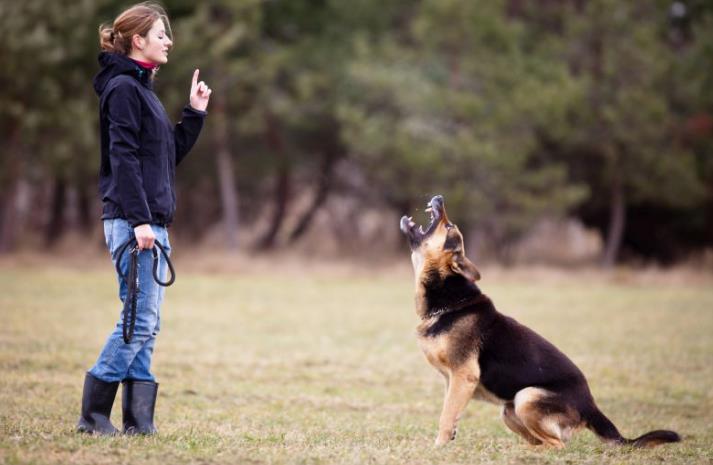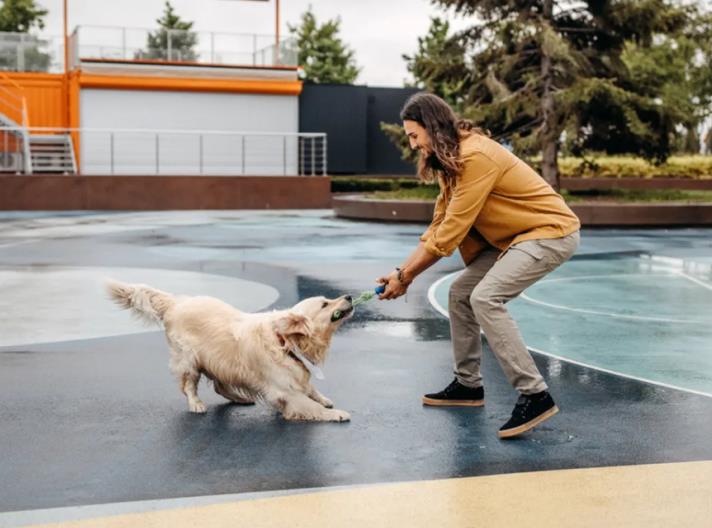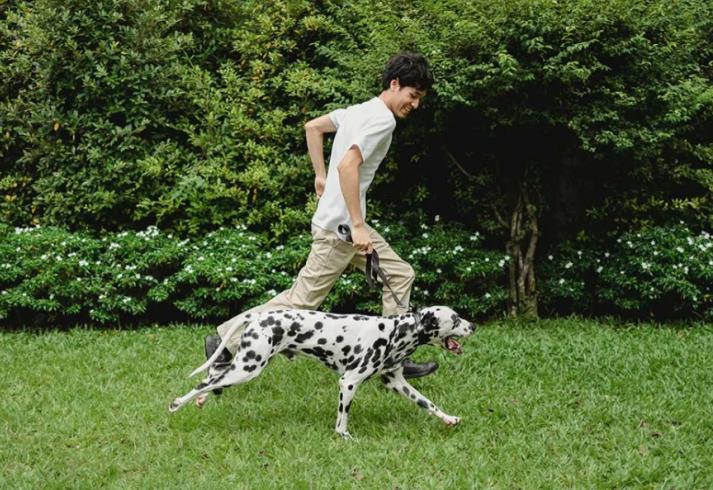Play is a powerful tool when working with aggressive dogs who are misbehaving because of frustration, arousal, lack of impulse control, boredom, or fear. Play has a positive effect on emotions, which is why play-motivated fearful dogs often respond better to play than to treats, even if they are also highly treat-motivated — fear decreases faster and more thoroughly in response to the former than to the latter. There are many different ways that play can help aggressive dogs to behave better.

【How It Works?】
Theoretically, you can stop a dog’s unwanted behavior by teaching them something incompatible with that behavior — for example, you can counteract a dog’s habit of jumping on people by teaching them to sit in the presence of others. But when a dog struggles with high arousal (many aggressive dogs do), you’re more likely to have success by teaching the dog to perform an active behavior. Trying to teach a dog to lie down, stay, or another static, controlled behavior is more challenging and generally less effective.
【Fetch】
By itself, the act of getting a toy can have an inhibitory effect, but it’s even better to teach the dog to get a toy in order to initiate a game. The anticipation gave the Corgi a happy feeling: “Yay, somebody moved! That means playtime.”
Specifically, teach him to associate them with fetch, to feel the same joy when guests arrived as him felt when playing fetch. So, everyone who entered home threw a ball for her. Eventually, the appearance of a visitor became the cue that a game of fetch was about to happen. Instead of responding with fear because a stranger had entered, he now responds with enthusiasm.
【Tug】
Tug has many advantages when working with an aggressive dog, as long as tug does not incite the aggression. It not only keeps the dog near you and their mouth occupied, it also allows you to direct the dog’s line of sight, which can be especially useful if the dog is visually stimulated. Dogs who tug usually love to play the game, which makes it a compelling option.

【Toys and Games】
The first step was to determine which toys, games, and activities appealed to him. Puzzle-toys, squeaky toys, bouncy toys, rope toys, balls, disks, Kongs. Discovering a variety of new games and either learning or inventing ways to play with different toys satisfied his intense need for play. He played fetch, tug, chase, and hide-and-seek with people. When people weren’t available, he learned to enjoy throwing objects in the air and catching them, puzzles of all sorts, dribbling a ball around like a soccer star, and rolling balls down ramps and then chasing after them.

While play is not part of the solution for every dog, it can help many of them. Play is fun, but when working with aggressive dogs, it can be so much more.